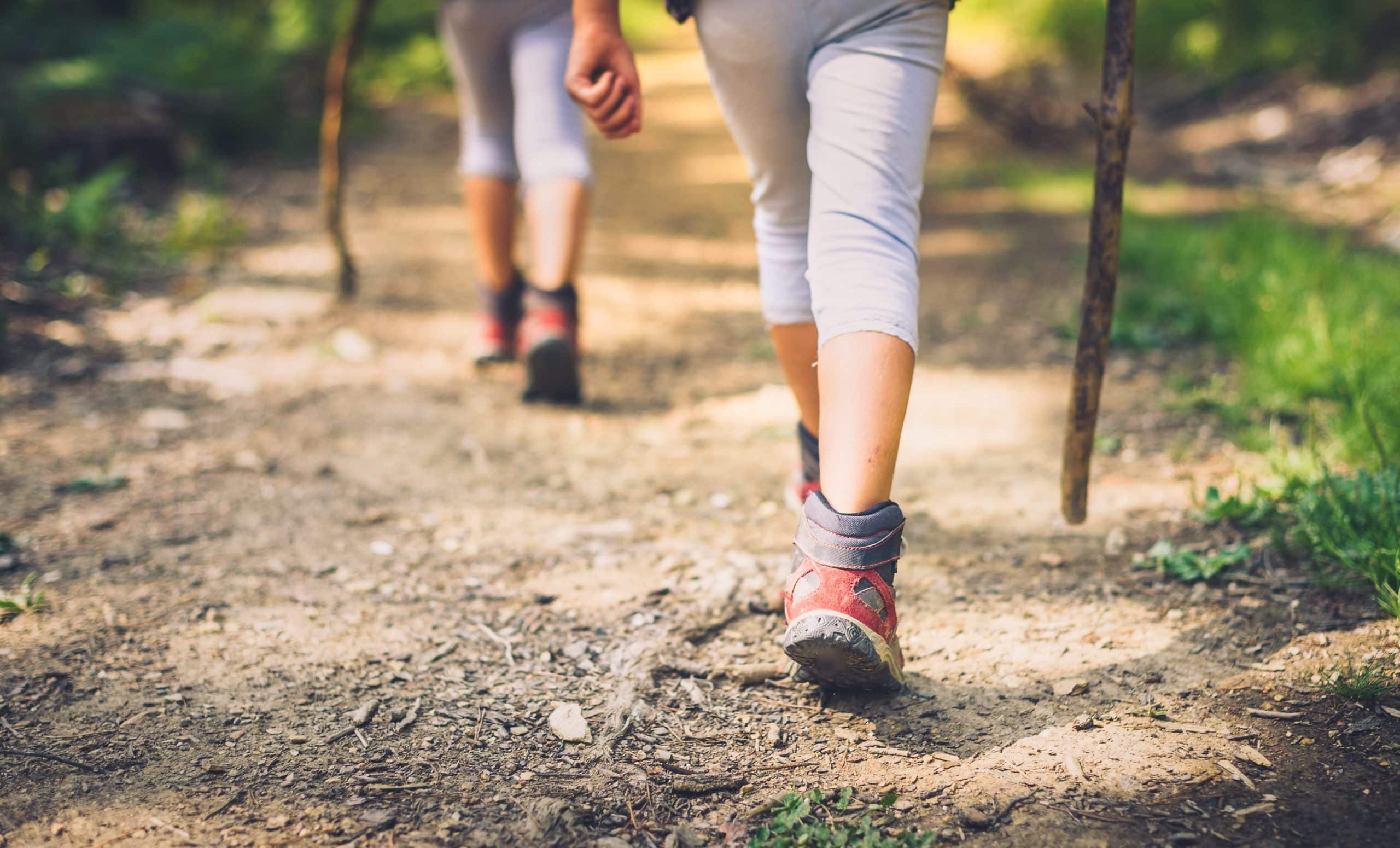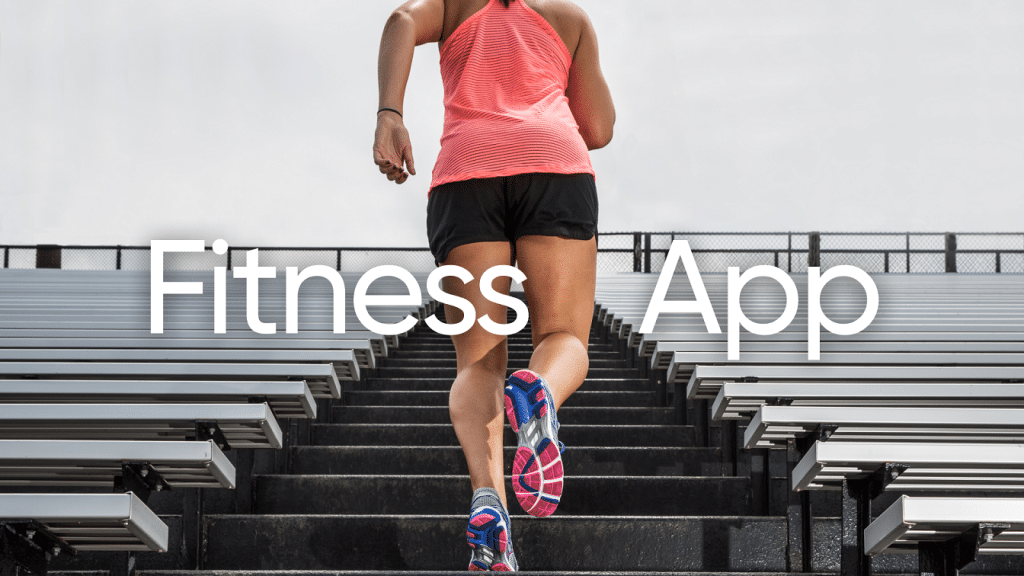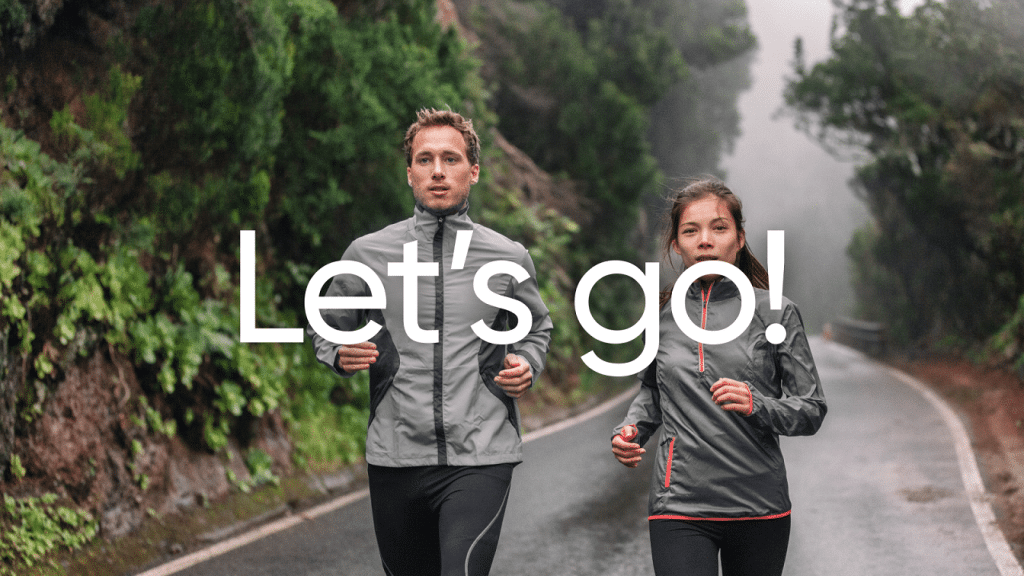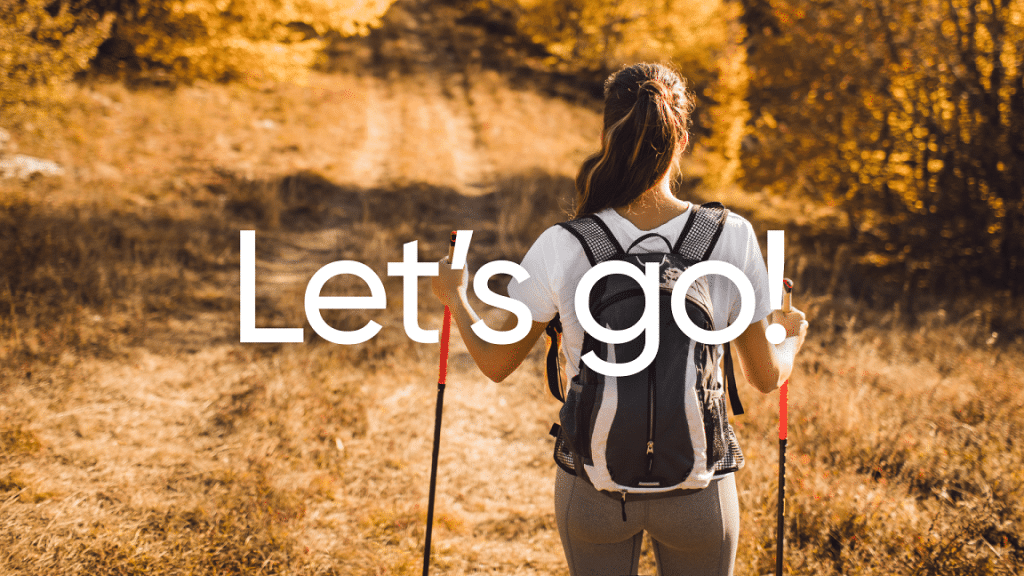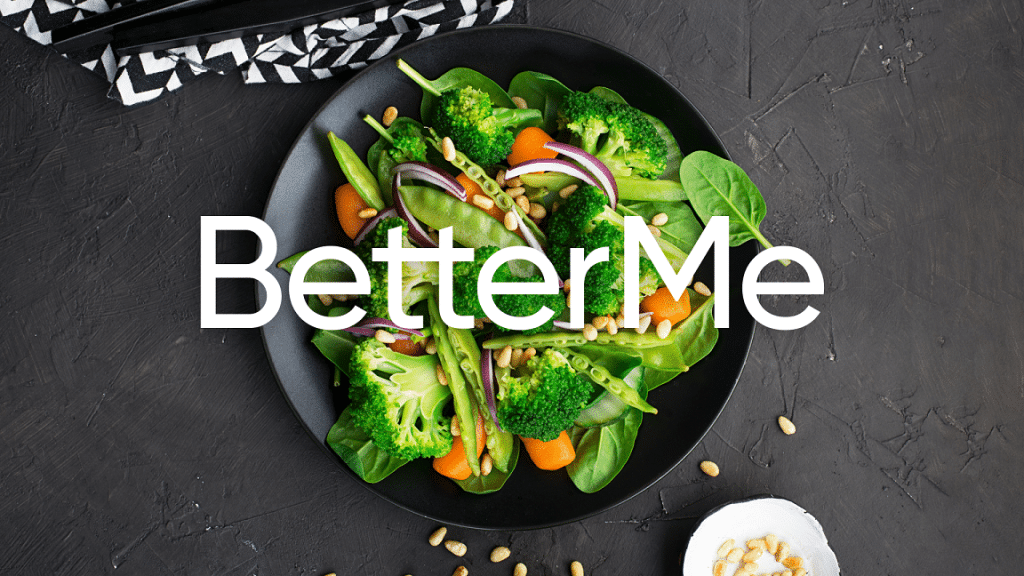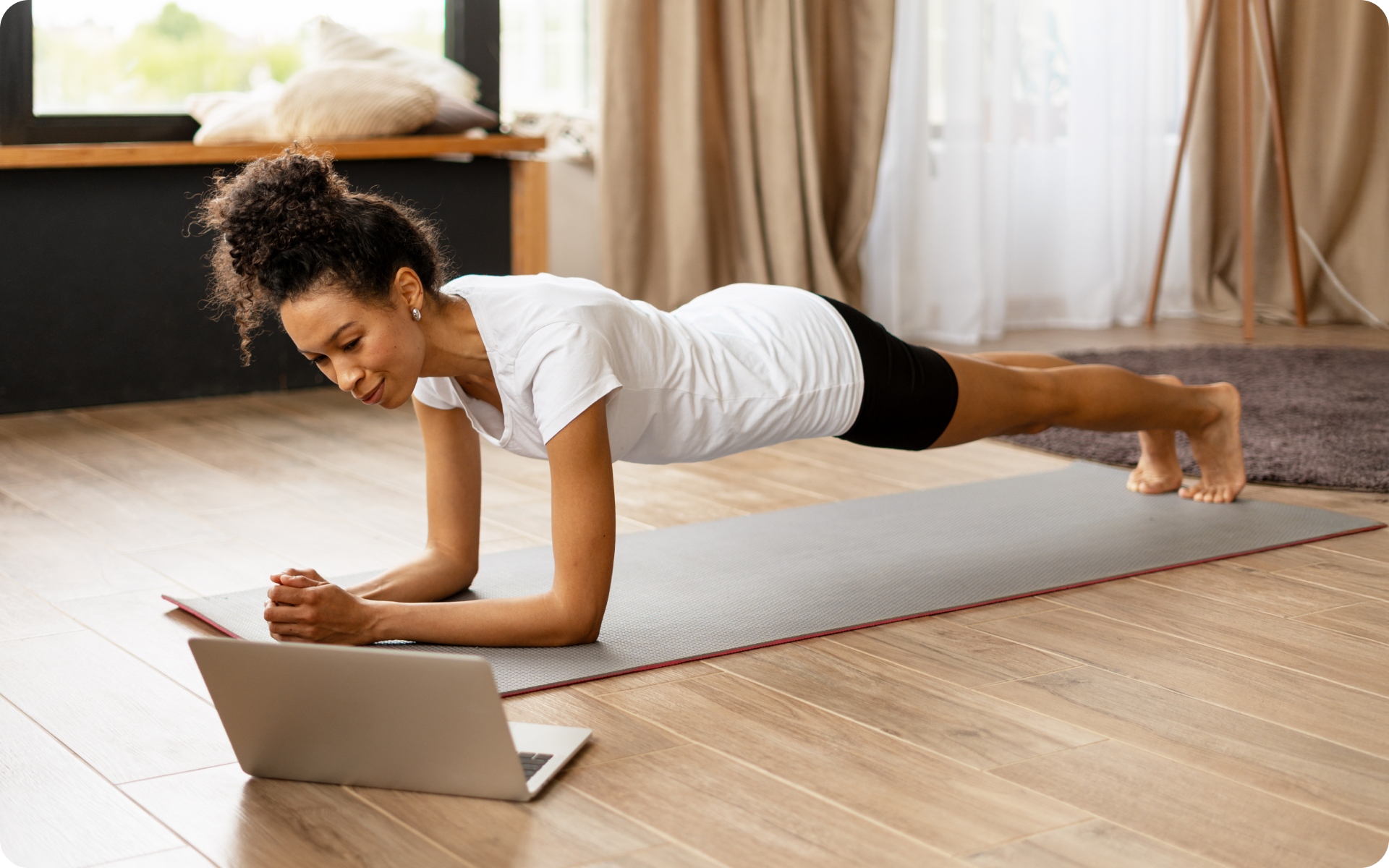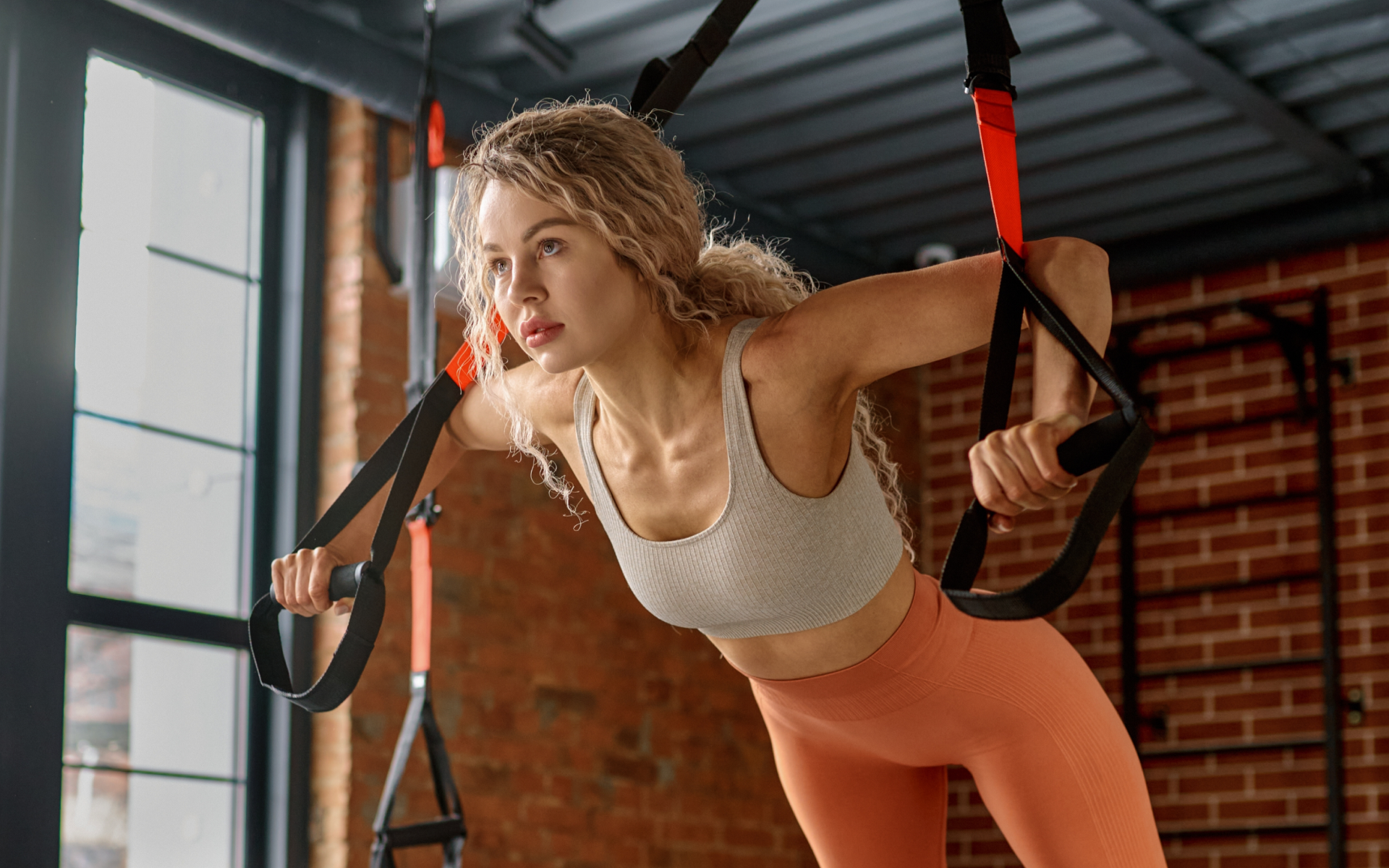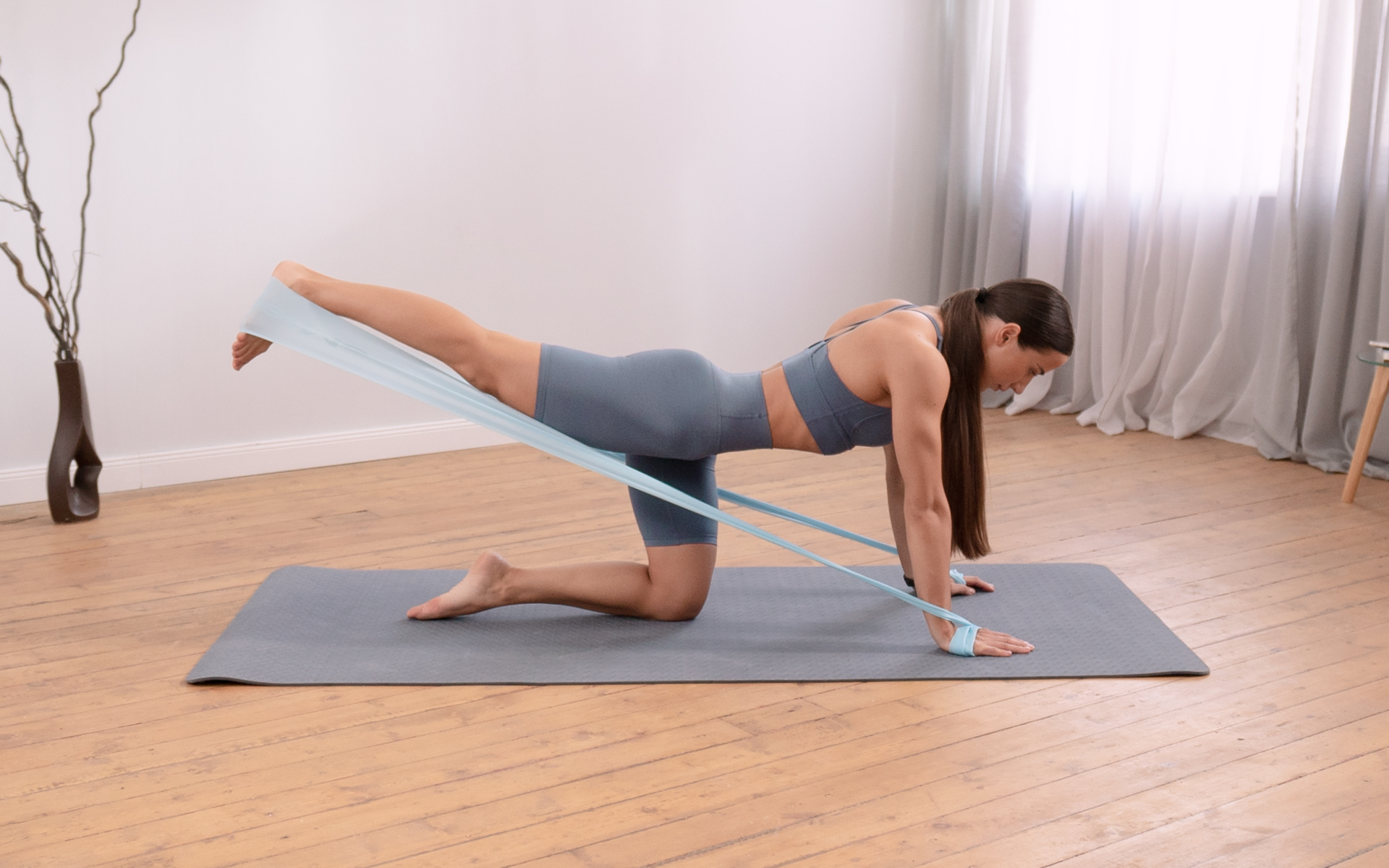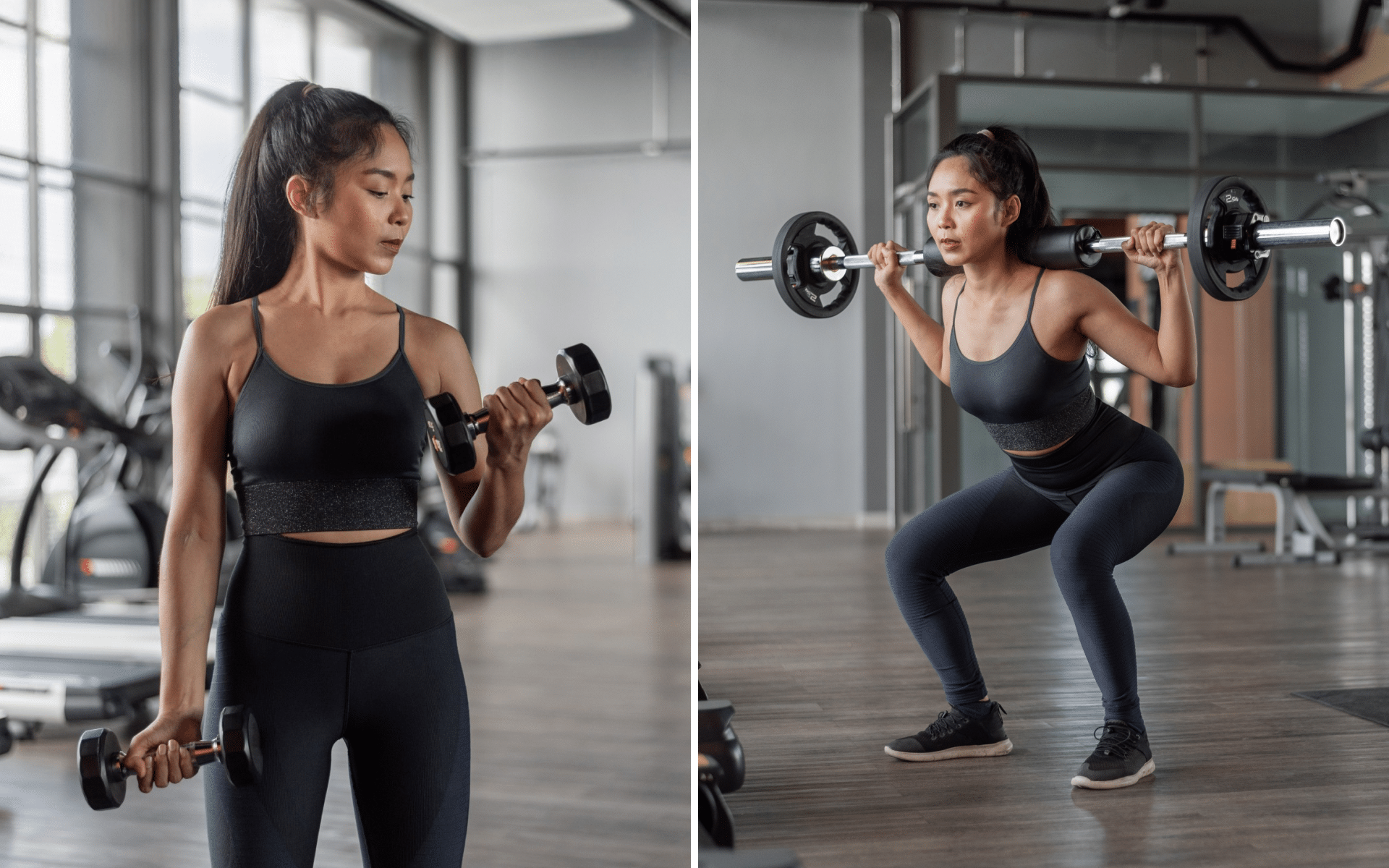Hiking is a great way to get in shape, boost your mood, and explore the world around you. But before you start exploring, you must know how to train for hiking so that your hike goes smoothly and safely. This guide will show you what training for hiking entails and give all of the information you need to stay healthy and safe on your next adventure.
Get your personalized
meal plan!
Why Hiking Is Good For You?
The benefits of hiking are well-documented. It is a great way to get in shape because it requires you to use multiple muscle groups as you walk uphill and navigate various terrains. It’s also a great way to boost your mood because it provides opportunities for natural stimulation and allows you to take in beautiful views. Finally, hiking is a great way to explore the world around you because there are countless trails with unique features all over the globe (3).
How To Train For Hiking?
Now that you know some of the benefits of hiking, let’s talk about how to train for hiking. We’ll break it down into nine best ways of getting in shape:
Go For A Brisk Walk
If you’re new to hiking, start by going for a brisk walk. This will help you get your body used to walking long distances and navigating different terrains.
You can walk around your neighborhood, on a nature trail, or on the treadmill at the gym. The key is to make sure that you’re challenging yourself and that you’re working up a sweat.
Try walking in a sandy area, on a slanted surface, or an unstable surface. This will help strengthen your legs and give you a better sense of balance while hiking.
Make sure that you’re working at 90% of the intensity that causes you to break into a sweat and that your breathing is fast and shallow (but not extreme). If your workout doesn’t feel intense enough, add hills or speed up until it feels like an intense workout.
Read More: Hiking Vs Running For Weight Loss: Which One Will Sizzle Away More Calories?
Do Some Strength Training
Strength training is important for hikers because it helps build muscle mass and improves bone density. This will help you stay strong on the hike, reduce your chances of getting injured, and improve your endurance (10).
Some strength training workouts to try are:
- Squats. This exercise works the gluteal and quadriceps muscles.
- Lunges. This exercise also works the gluteal and quadriceps muscles.
- Pushups. This exercise works the pectoral, triceps, and deltoid muscles.
- Pull-ups. This exercise works the latissimus dorsi (back) and bicep muscles.
Try to do two strength-training sessions each week. It can be at the gym, in your garage, or anywhere else that has enough room for you to move around.
Tone Your Core
Your core is responsible for keeping you balanced and stable while hiking, so it’s important to tone it up (5). There are many different exercises you can do to tone your core, but one of the best is the plank.
To do a plank, you’ll need to get into a push-up position and then hold your body in a straight line from your head to your heels. Make sure to keep your core engaged the entire time.
Other core exercises you can try are:
- Leg Raises. This exercise works the transversus abdominis and rectus abdominis muscles. It’s a sit-up for your core.
- Sit-ups. This exercise also works the transverse and rectus abdominis muscles, in addition to the internal and external obliques.
- Side Bends. This exercise works the obliques (sides of your abs).
- Russian Twists. This exercise works the obliques and transversus abdominis muscles.
Do these exercises two to three times a week to see results.
Do Cardio Regularly
Cardiovascular exercise is important for hikers because it helps improve endurance (6). This will help increase your endurance and make the hike less strenuous.
Some good cardio exercises to try are:
- Jogging/Running. This is a great way to increase your speed and endurance.
- Swimming. This is a great way to improve your cardiovascular fitness and strength.
- Biking. This is also a great way to improve your cardiovascular fitness and strength.
Try to do some form of cardio training at least three times a week.
If you wish to free yourself from all the extra pounds that have been weighting you down for way too long, start using the BetterMe app and overhaul your entire life!
Challenge Yourself With HIIT
HIIT, or high-intensity interval training, is a great way to improve your endurance and burn fat quickly (8). This type of training involves alternating between high-intensity exercises and short rest periods.
If you’re not familiar with HIIT, start by doing a few simple exercises like jumping jacks, burpees, or mountain climbers. Make sure to push yourself during the high-intensity intervals and take short breaks in-between sets.
Do HIIT training two to three times a week to see results.
Wear Your BackPack While Training
Wearing a weighted backpack while you train is a great way to improve your endurance and simulate the weight you’ll be carrying on the hike. This will help you get used to the weight and make the hike feel easier.
Start by wearing a backpack that’s 10-15% of your body weight. As you progress, gradually add more weight to the backpack.
Try to wear your backpack while doing all of your exercises (except for swimming). This will help you get used to the weight and make you stronger.
Target The Muscles You’ll Use While Hiking
When you’re training for a hike, it’s important to target the muscles you’ll be using while hiking. This will help improve your strength and endurance.
Some of the muscles you’ll be using while hiking are:
- Glutes. These are the muscles in your butt that work to keep you balanced and stable.
- Quadriceps. These are the muscles in the front of your thigh that work to propel you forward.
- Hamstrings. These are the muscles in the back of your thigh that work to decelerate you when you hike downhill.
- Calves. These are the muscles in your lower leg that work to keep you moving uphill.
- Chest Muscles. These are the muscles in your chest that work to keep you upright and stable.
To work these muscles, do exercises like squats, lunges, calf raises, push-ups, and bench presses.
Don’t Neglect Stretching
Stretching is important for hikers because it helps prevent injury (12). When you’re hiking, the repetitive motions of walking put a lot of stress on your joints and muscles. This can cause them to tighten up or become injured if you’re not careful. That’s why it’s so important to stretch before and after every workout to keep your muscles loose and limber.
If you’re just getting started with stretching, don’t worry about doing anything fancy, just stretch the parts of your body that will be affected by hiking (like your calves). You should also stretch your hamstrings, quads, and glutes.
Stretching should be done before and after every workout.
Take Rest Days
To improve your endurance, you need to give your body time to recover (1). This means taking rest days between workouts. If you’re feeling fatigued, overworked, or sore, take a day off from the gym and let your body recover. This will help you perform better during your next workout.
Rest days should be taken at least once a week.
Read More: Triathlon Training Plan: How To Get In Shape For Your First Sprint
How To Avoid “Hiker’s Knee”?
“Hiker’s knee” is a term used to describe the pain and inflammation that can occur in the knees of hikers. This condition is caused by the repetitive stress of hiking and can be very painful.
To avoid “hiker’s knee,” make sure to do some form of strength training for your legs. This will help keep your muscles strong and healthy and prevent them from becoming fatigued.
Additionally, make sure to stretch your quads, hamstrings, and glutes before and after every hike. This will help keep your muscles loose and prevent them from tightening up (2).
If you’re already experiencing pain in your knees, try using a knee brace or ice packs to help reduce the inflammation.
How To Avoid Injury On Steep And Rocky Trails?
Getting down from the peak of a steep and rocky trail is easier than getting back up.
To avoid injury while going down, make sure to:
- Use your hands for balance
- Take your time
- Keep your knees bent
If you’re going up, these same rules apply, but you’ll also want to:
- Use your whole body to climb (not just your arms and legs)
- Look for stable footholds
- Stay focused
Injuries can happen when you’re not paying attention or when you’re trying to move too quickly. That’s why it’s so important to take your time and stay focused when hiking on steep and rocky trails.
By following these tips, you can help reduce the risk of injury while hiking.
Should You Use Trekking Poles?
Trekking poles can be a great tool for hikers, but they’re not necessary for everyone. If you’re new to hiking, we recommend waiting until you’ve got a little more experience before using trekking poles.
When used correctly, trekking poles can help distribute weight evenly, which can help reduce the stress on your joints. They can also help you move more quickly and efficiently up and down steep trails (11).
If you decide to use trekking poles, make sure to practice with them before your hike. This will help ensure that you’re using them correctly and that they’re helping rather than hindering your performance.
Yanking yourself back in shape has never been so easy with our game-changing fitness app! Start transforming your life with BetterMe!
Tips For Getting The Most Out Of Your Training
When it comes to hiking, there are a lot of things to consider– from the type of terrain you’ll be hiking on to the clothes you should wear. But one of the most important things is your fitness level. If you’re not in shape, you’re likely to get tired quickly and may even end up injured.
That’s why it’s so important to start preparing for your hike in advance. This guide will help you get started with a basic workout routine that will help improve your endurance and reduce the risk of injury.
Hiking Gear
Before you start your workout, it’s important to make sure you have the right gear (9).
Here are a few essentials:
- Hiking shoes or boots
- A backpack
- Water and snacks
- Sunscreen and a hat
- Bug spray
The Right Clothing
When it comes to clothing, think lightweight and breathable. You’ll want to avoid wearing anything too heavy or constricting.
Some good options include:
- Shorts or pants with a loose fit
- T-shirts or tank tops
- A light jacket or vest
- Sunglasses and sunscreen
If you’re going to be hiking in cold weather, you’ll need to dress accordingly. Make sure to pack a hat, gloves, a scarf, and a water-resistant jacket.
How To Get Ready For Hiking?
Now that you have the gear you need, it’s time to start planning out your workout routine.
Here are a few things to keep in mind:
Start Slowly
Don’t jump right into intense workouts! Your body needs time to adjust, so take it slow at first and gradually build up your endurance. Start by going on short walks before or after work to get your muscles used to moving. Then try working out a little bit longer each day until you’re able to walk for an hour without losing steam.
After that, consider adding some light strength training exercises like lunges and squats. These will help make your hiking sessions more effective when it comes time to begin your training.
Make Sure You’re Eating Healthy
This is one of the most important parts of getting ready for hiking. The better you eat, the more energy (and less fatigue) you’ll have during your workout sessions.
Your daily calorie intake will vary depending on your age, sex, and activity level. To calculate how many calories you need per day, use this calculator from the National Institutes of Health (4).
Some helpful diet tips (7):
- Don’t eat too much sugar or foods high in simple carbohydrates, as this can lead to fatigue.
- Eat foods rich in iron, such as lean beef and beans, to prevent anemia.
- Make sure that you’re eating healthy fats like those found in olive oil and avocados. This will help you maintain energy throughout the day.
- Try adding more fruits, vegetables, and whole grains to your diet while limiting sugary snacks and processed foods. You should also make sure to drink plenty of water throughout the day.
- If you’re not used to drinking this much water all at once, try starting with eight ounces first thing in the morning and then drinking about four ounces after every meal that day.
Sleep Requirements
Most adults need between seven and eight hours of sleep per night. To make sure you’re getting enough sleep, try going to bed and waking up at the same time each day. This will help your body get into a routine.
In the weeks leading up to your hike, make sure to get plenty of rest. This will help your body prepare for the physical demands of hiking.
How Long Does It Take To Get In Shape?
It takes about three months of training, twice a week to get in shape for hiking. Depending on how often you train and where you live, it can take less time (about two months) or more time (about four months). Three months might seem like a long time but remember: this isn’t just about trekking through nature; this is about building strength, endurance, and flexibility.
The Bottom Line
So there you have it, the ultimate guide for getting in shape for hiking! Following these tips will help improve your strength, endurance, and overall fitness level. Start by incorporating a few of these tips into your routine and gradually add more as you progress. And most importantly, have fun while you train.
DISCLAIMER:
This article is intended for general informational purposes only and does not serve to address individual circumstances. It is not a substitute for professional advice or help and should not be relied on for making any kind of decision-making. Any action taken as a direct or indirect result of the information in this article is entirely at your own risk and is your sole responsibility.
BetterMe, its content staff, and its medical advisors accept no responsibility for inaccuracies, errors, misstatements, inconsistencies, or omissions and specifically disclaim any liability, loss or risk, personal, professional or otherwise, which may be incurred as a consequence, directly or indirectly, of the use and/or application of any content.
You should always seek the advice of your physician or other qualified health provider with any questions you may have regarding a medical condition or your specific situation. Never disregard professional medical advice or delay seeking it because of BetterMe content. If you suspect or think you may have a medical emergency, call your doctor.
SOURCES:
- 8 Reasons to Take a Rest Day (2018, acefitness.org)
- A Survey on Stretching Practices in Women and Men from Various Sports or Physical Activity Programs (2021, mdpi.com)
- Benefits of Hiking – Trails & Hiking (2018, nps.gov)
- Body Weight Planner | NIDDK (n.d., niddk.nih.gov)
- Core Training: Evidence Translating to Better Performance and Injury Prevention (2020, journals.lww.com)
- Endurance training: is it bad for you? (2016, ncbi.nlm.nih.gov)
- Essentials of Healthy Eating: A Guide (2020, ncbi.nlm.nih.gov)
- High-Intensity Intermittent Exercise and Fat Loss (2011, ncbi.nlm.nih.gov)
- Hiking (2018, ncbi.nlm.nih.gov)
- Resistance Training for Health and Performance : Current Sports Medicine Reports (2002, journals.lww.com)
- Talking of Walking in Three Easy Pieces – Harvard Health Publications (2011, health.harvard.edu)
- The importance of stretching – Harvard Health (2019, health.harvard.edu)
